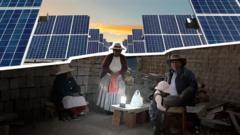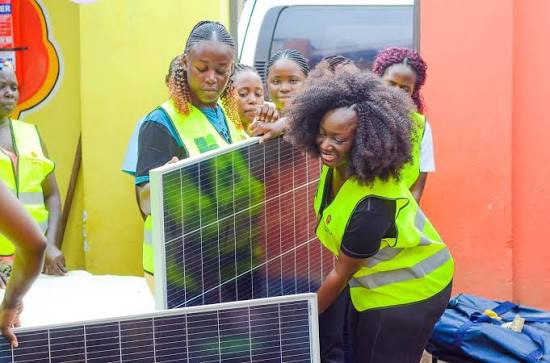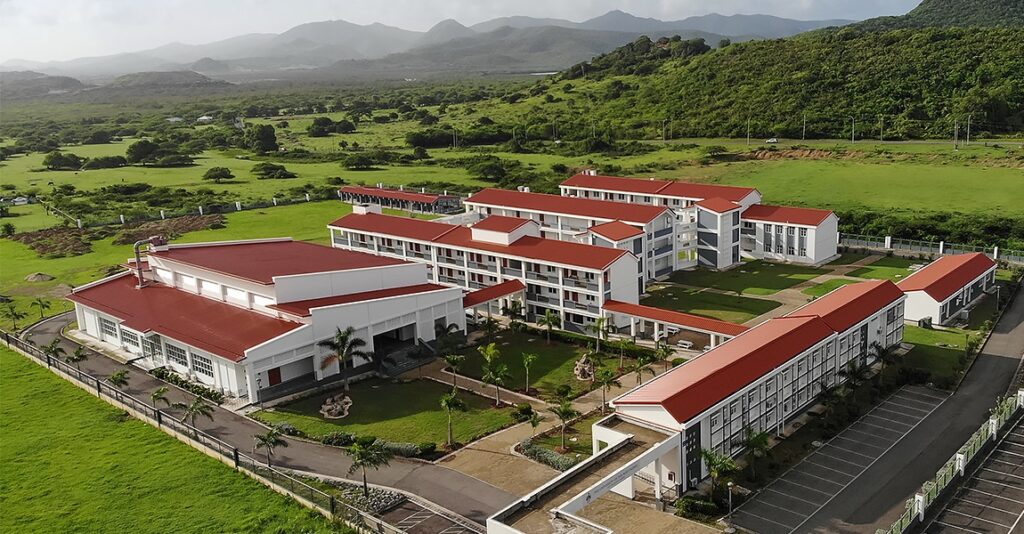In Pampa Clemesí, residents rely on flashlights to navigate their dark homes, living next to one of Latin America's largest solar energy sources. Each morning, Rosa Chamami lights a fire with pieces of cardboard from piles of solar panel packaging. The Rubí and Clemesí solar plants were installed to supply renewable energy to the surrounding regions, yet Pampa Clemesí remains isolated from the national power grid. Despite the solar plant's output of around 440 GWh annually, none of the town's 150 residents have stable access to electricity.
A few community members own solar panels donated by Rubí's operator, Orygen, but high costs of batteries and converters to store energy prevent widespread use. Citizens like Rosa must traverse the village daily, seeking power wherever they can, while others lament the lack of infrastructure that led to a mass exodus during the pandemic. Energy expert Carlos Gordillo highlights a systemic focus on profitability over connectivity for remote areas in Peru's growing renewable sector, leaving rural towns like Pampa Clemesí without essential electricity.
Orygen asserts it has completed critical phases of the electrification project, investing $800,000 and building infrastructure, including 53 power towers and underground cables to link to the village. Yet, residents are still waiting for the final connection to their homes, which depends exclusively on government action. While they await progress, locals cope with basic challenges, often preparing meals and socializing by solar-powered torches or dwindling daylight. Sentiment among villagers remains hopeful, with individuals like Pedro Chará and Rosa Chamami yearning for brighter days ahead, where electricity could transform their community and detain further migration.
With declining hopes of immediate assistance, residents know the true power source in Pampa Clemesí remains the sun, even when night falls in their homes.
A few community members own solar panels donated by Rubí's operator, Orygen, but high costs of batteries and converters to store energy prevent widespread use. Citizens like Rosa must traverse the village daily, seeking power wherever they can, while others lament the lack of infrastructure that led to a mass exodus during the pandemic. Energy expert Carlos Gordillo highlights a systemic focus on profitability over connectivity for remote areas in Peru's growing renewable sector, leaving rural towns like Pampa Clemesí without essential electricity.
Orygen asserts it has completed critical phases of the electrification project, investing $800,000 and building infrastructure, including 53 power towers and underground cables to link to the village. Yet, residents are still waiting for the final connection to their homes, which depends exclusively on government action. While they await progress, locals cope with basic challenges, often preparing meals and socializing by solar-powered torches or dwindling daylight. Sentiment among villagers remains hopeful, with individuals like Pedro Chará and Rosa Chamami yearning for brighter days ahead, where electricity could transform their community and detain further migration.
With declining hopes of immediate assistance, residents know the true power source in Pampa Clemesí remains the sun, even when night falls in their homes.




















